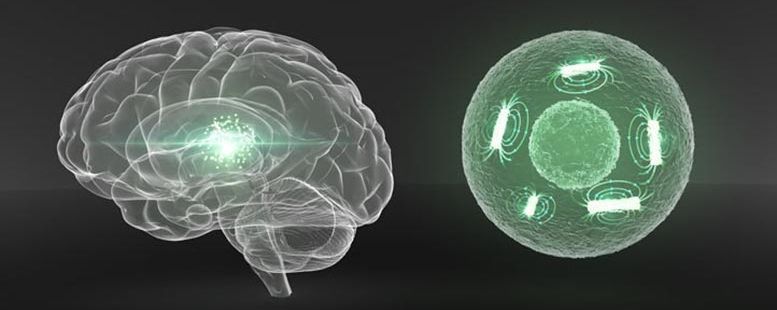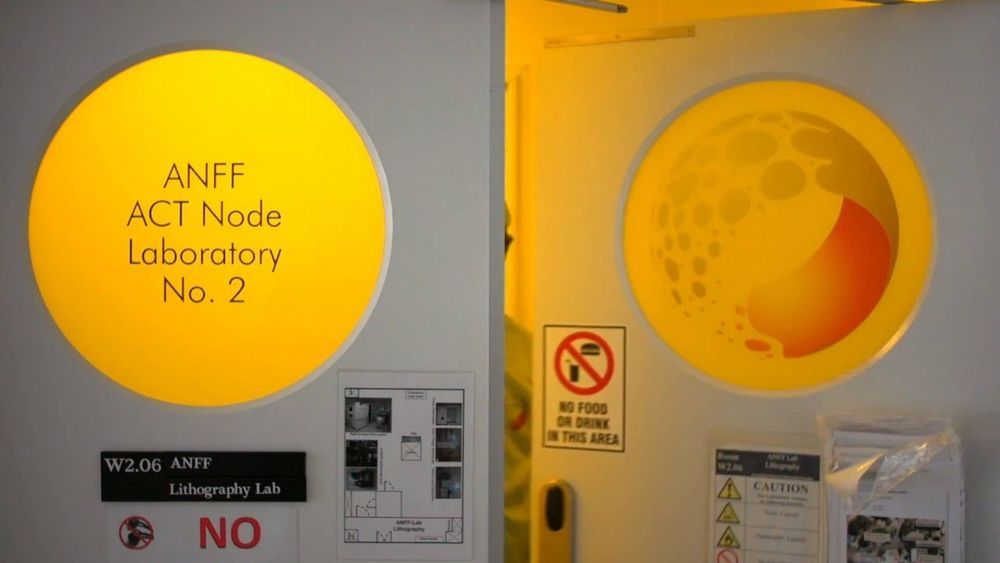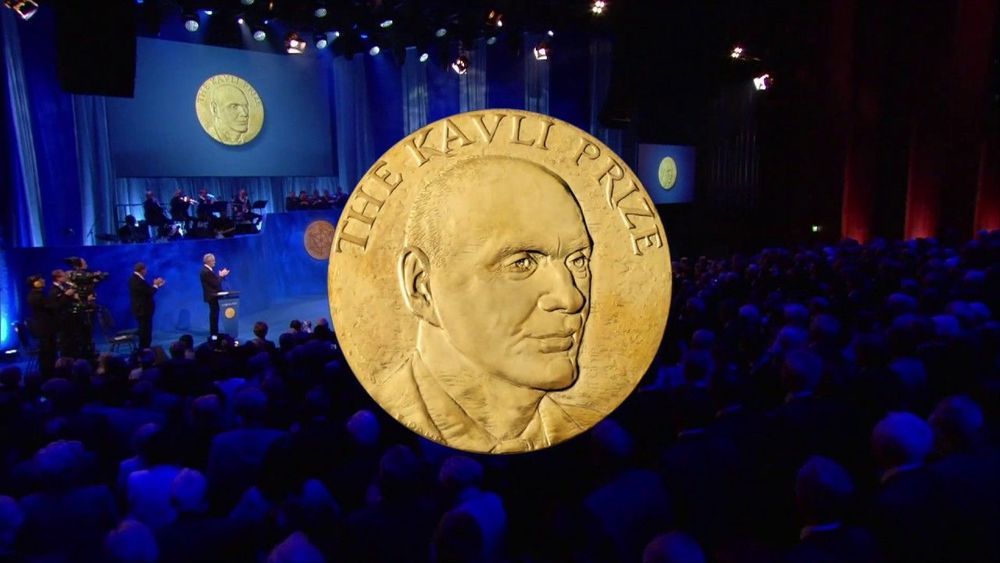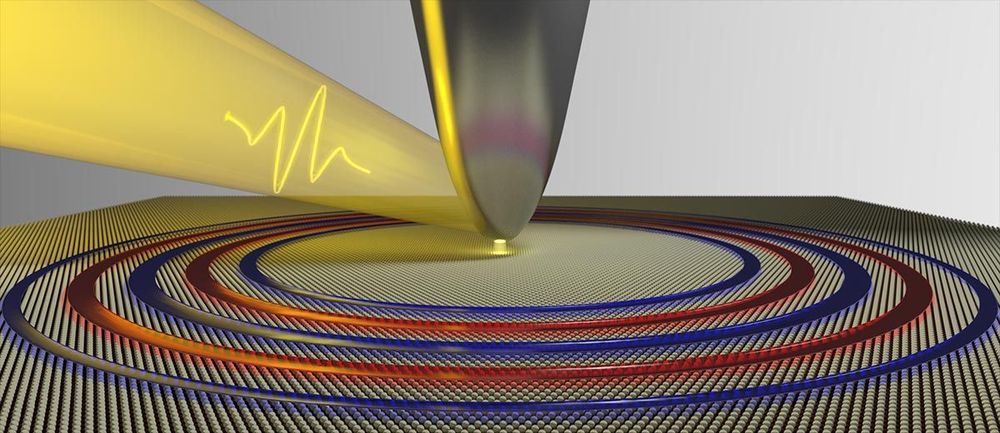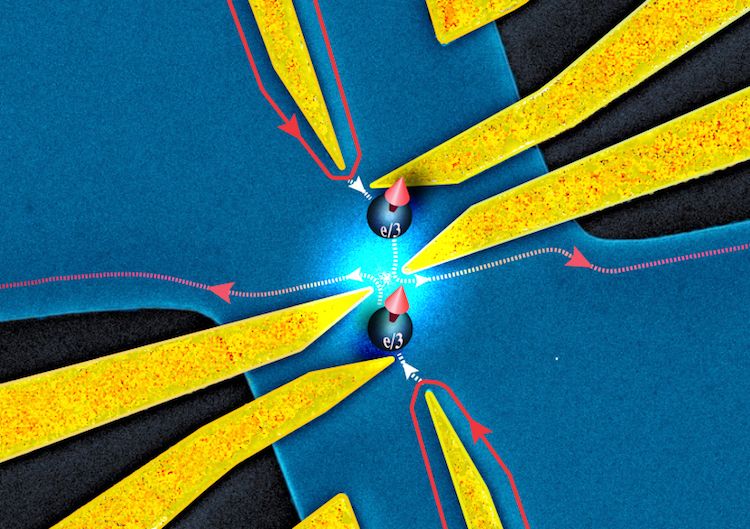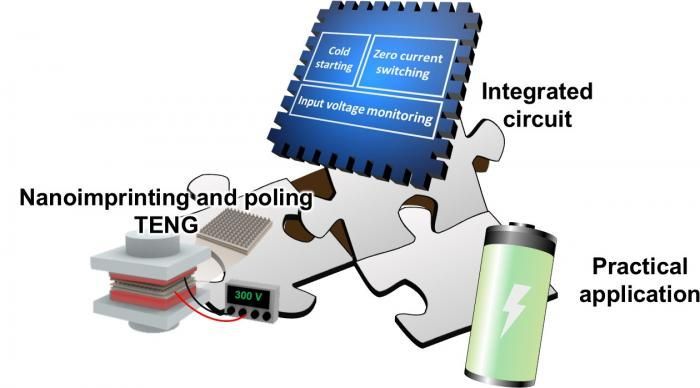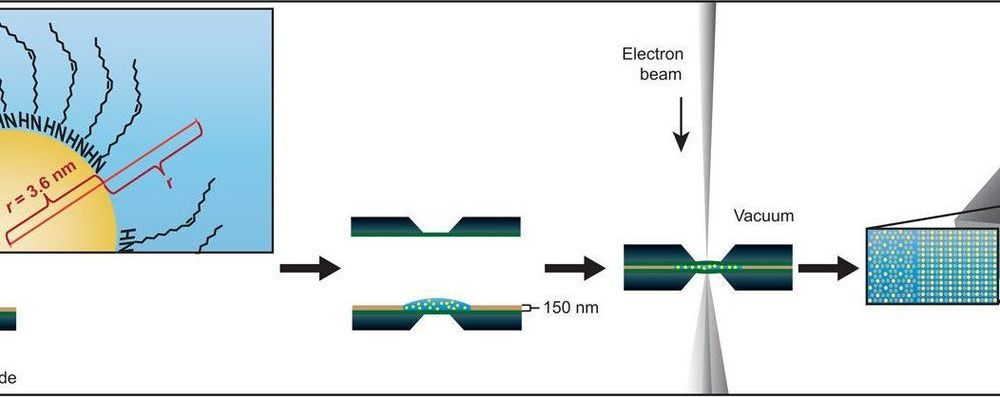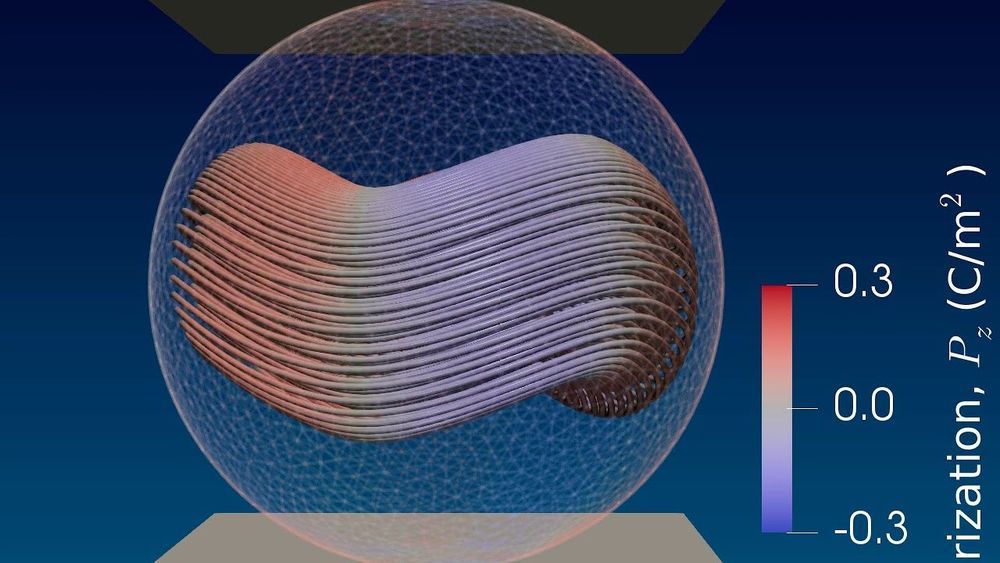Jun 1, 2020
Iron Nanorobots Go Undercover to Track Living Cells Inside the Body
Posted by Genevieve Klien in categories: biotech/medical, nanotechnology
Customizable magnetic iron nanowires pinpoint and track the movements of target cells.
Living cells inside the body could be placed under surveillance—their location and migration noninvasively tracked in real time over many days—using a new method developed by researchers at KAUST.
The technique uses magnetic core-shell iron nanowires as nontoxic contrast agents, which can be implanted into live cells, lighting up those cells’ location inside a living organism when scanned by magnetic resonance imaging (MRI). The technique could have applications ranging from studying and treating cancer to tracking live-cell medical treatments, such as stem cell therapies.
